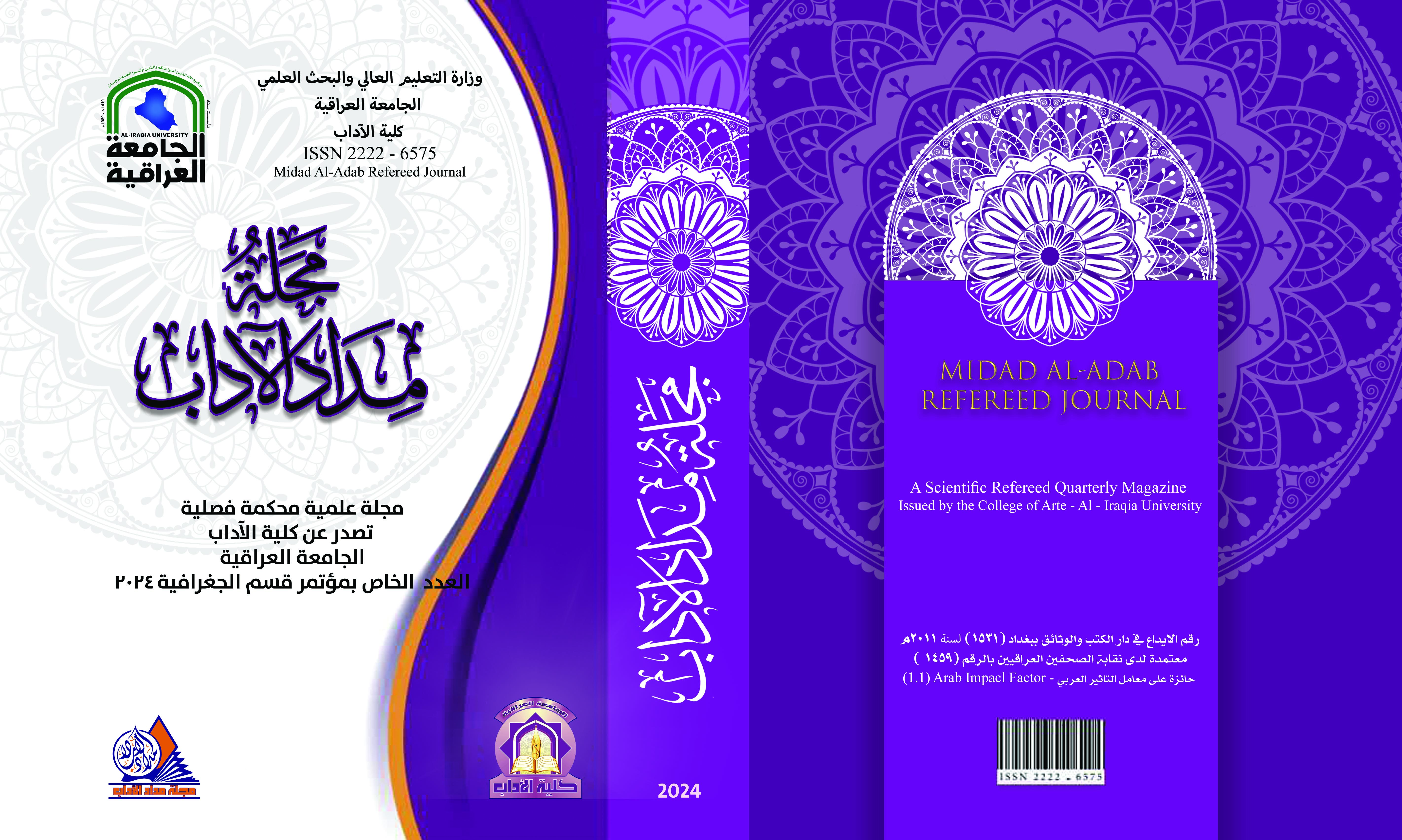Using the NDBI and LDI indicators to monitor the manifestations of desertification in Abu Ghraib district
DOI:
https://doi.org/10.58564/ma.v14iالعدد%20الخاص%20بمؤتمر%20قسم%20الجغرافية.1423Keywords:
Water Harvesting \ Wadi Akash \ Spatial Analysis \ Development.Abstract
The study aims to estimate the volume of surface runoff of rainwater in one of the valleys of the western desert of Iraq. Akash valley basin will be one of those scientific stations to implement the water harvesting technique using modern techniques and the ground statistical model (SCS-CN) to determine the volume of surface runoff for water harvesting purposes, which is one of the best and most accurate statistical methods in drawing results related to water harvesting technique. The land sat imegs was relied on for the study area for the year (2021) with an accuracy of (30/30), and it was analyzed by adopting the supervised classification. The classification results showed that the study area consisted of 4 main ground covers, and the soils of the basin were classified into 4 classes, which were represented by soils (A-B-C-D). All soil characteristics were identified in the valley basin. According to what was analyzed, (12) CN values were obtained, which ranged between (25_91), which clearly indicated the possibility of establishing artificial water reservoirs that can be used in various fields. According to the results the study suggested to build (4) dams, which is a positive result for carrying out the water harvesting technique through all the treatments that were adopted in the analysis, which are (S - La Q - QV) despite the geomorphological diversity in the region.
Downloads
Published
Issue
Section
License

This work is licensed under a Creative Commons Attribution-NonCommercial-NoDerivatives 4.0 International License.








